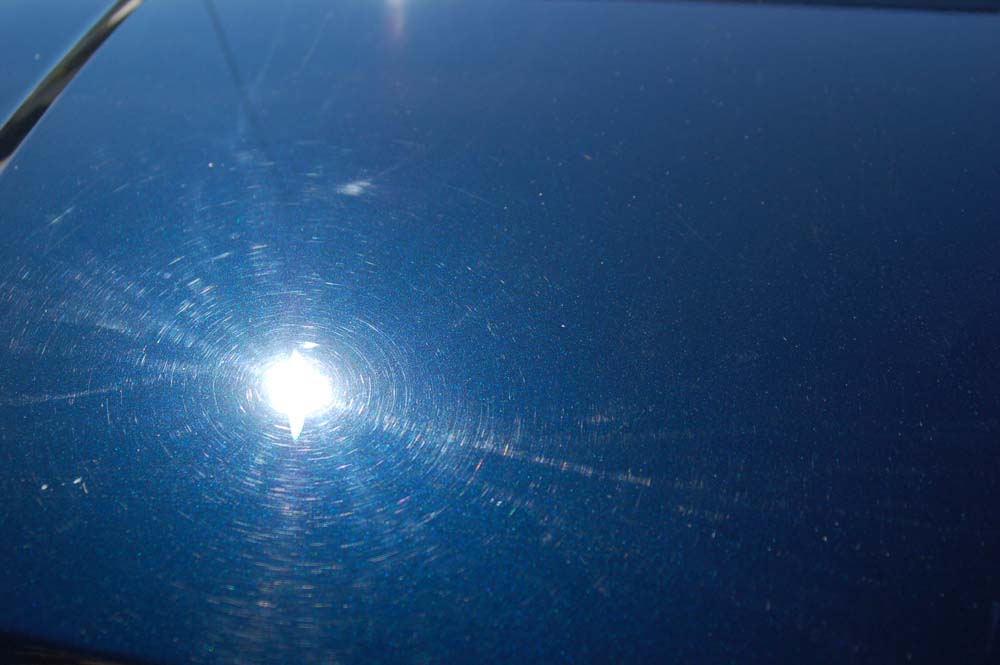Can anyone tell me what the difference is in the pro lines? There seem to be 3 series of low/medium/high cut products. I see 1/2/3 82/83/84 and then the 105/205 stuff. Whats the difference? Do they all have the same diminishing particles?
Im looking to remove some moderate swirling in black paint that is about the severity seen in the picture below (not my car). Looks to be from lack of wax and washing with a dirty rag/gravel dust being wiped off instead of rinsed off. Car is 8 years old. My local parts store has the 1/2/3 products in stock, but i had planned on using the 80 series until i saw these. What do i need to buff these out right the first time?
Thanks

Im looking to remove some moderate swirling in black paint that is about the severity seen in the picture below (not my car). Looks to be from lack of wax and washing with a dirty rag/gravel dust being wiped off instead of rinsed off. Car is 8 years old. My local parts store has the 1/2/3 products in stock, but i had planned on using the 80 series until i saw these. What do i need to buff these out right the first time?
Thanks




 Its a caddy, should have thick paint (i hope).
Its a caddy, should have thick paint (i hope).
Comment